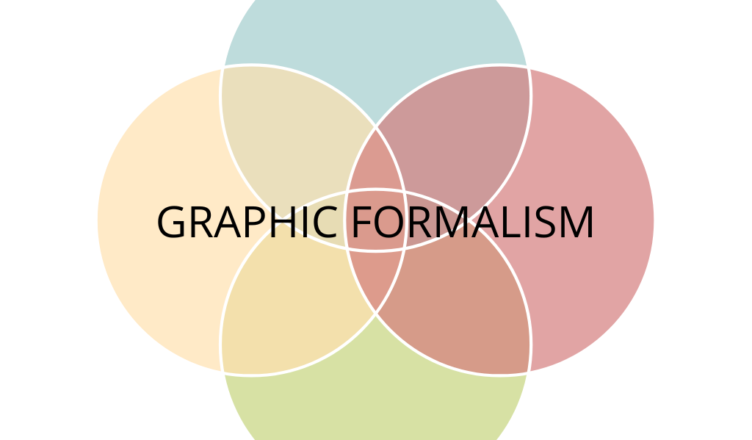
What does it mean to think and act “on the bias”? Inherently formal and spatial, if not also graphical, the diagonal line has played any number of important roles: from the diagonal of the unit square (which nearly destroyed Pythagoreanism and, later, played an important role in Plato’s Meno), to the modern intervention of Georg Cantor’s diagonal argument (where in 1891 he demonstrated that the real numbers are uncountable), to the structuralism of A.J. Greimas and Jacques Lacan, to Gilles Deleuze and Félix Guattari’s postmodern machine, defined as a diagonal that cuts through an assemblage. More recently Sara Ahmed has used what she called “oblique or diagonal lines” to characterize queerness, and indeed the diagonal—whether alone or via synonyms like the oblique, the slanted or askew, the non-orthogonal—has come to indicate differences and deviations of all kinds. (Continue reading at ASAP/Journal)